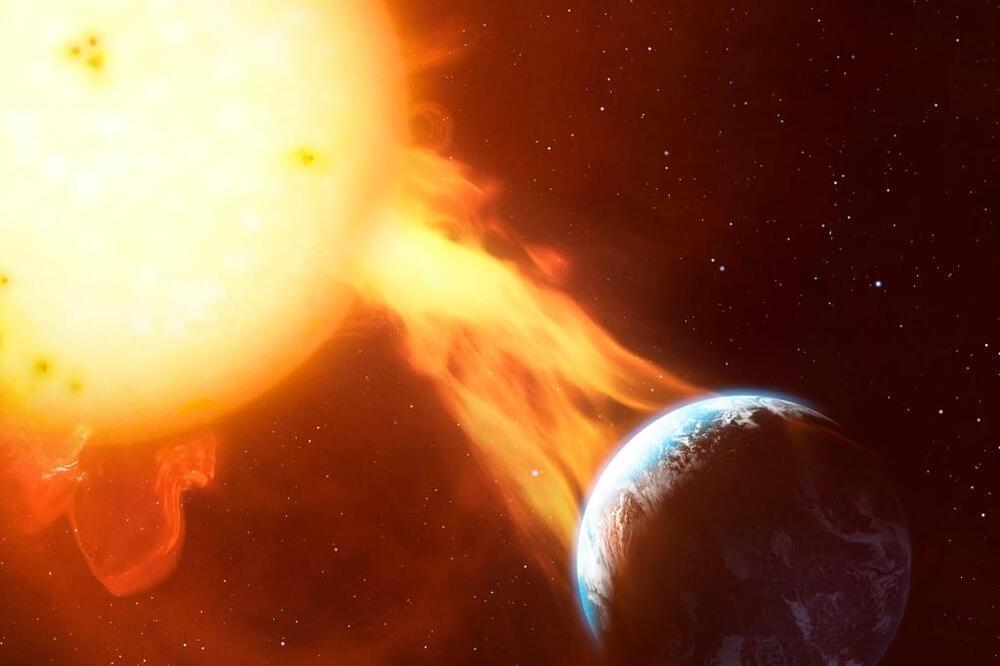Odd radio circles, or ORCs, are so massive that they measure about a million light-years across — 16 times bigger than our Milky Way galaxy. Now, astronomers have captured the best image yet of these strange celestial objects.
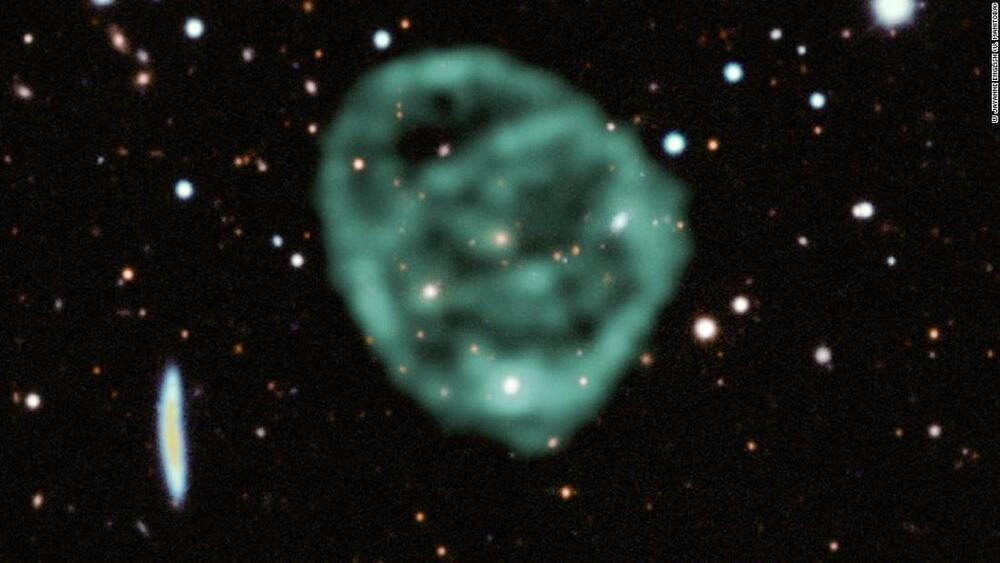

Other than Earth, no planet in our solar system has been so thoroughly or long examined as Mars. For decades, NASA’s Jet Propulsion Laboratory has continuously explored the Red Planet with an array of orbiters, landers, and rovers.
What laid the groundwork for this unparallel record of exploration? This 90-minute documentary describes the challenges of JPL’s first attempts to send spacecraft to the Red Planet.
For much of human history, Mars was no more than a tiny reddish dot in the sky. But in 1965, the first spacecraft ever to visit Mars, JPL’s Mariner 4, began to change our understanding of the planet with its grainy black and white images. The data from Mariner 4, and from missions that followed, were full of confusing data for scientists to understand.
The Changing Face of Mars reveals, through archival footage and interviews with key scientists and engineers, JPL’s first roles in exploring the Red Planet, from Mariner 4, through the 1976 arrival of the Viking orbiters and landers.

How to robotically build a human habitat in space…
Happening now.
Accelerate the accessibility and commercialization of cislunar space through cost-effective, habitable, scalable Infrastructure.
A talk with Sebastian Asprella CEO at ThinkOrbital: a commercial space-platform developer with a mission to accelerate the commercialization of cislunar space, focusing on On-orbit servicing, assembly and manufacturing technologies. Their flagship space-platform, the Orb2, is designed for a single-launch on-orbit assembly model, capable of delivering an internal spherical volume of up to 4000m3.
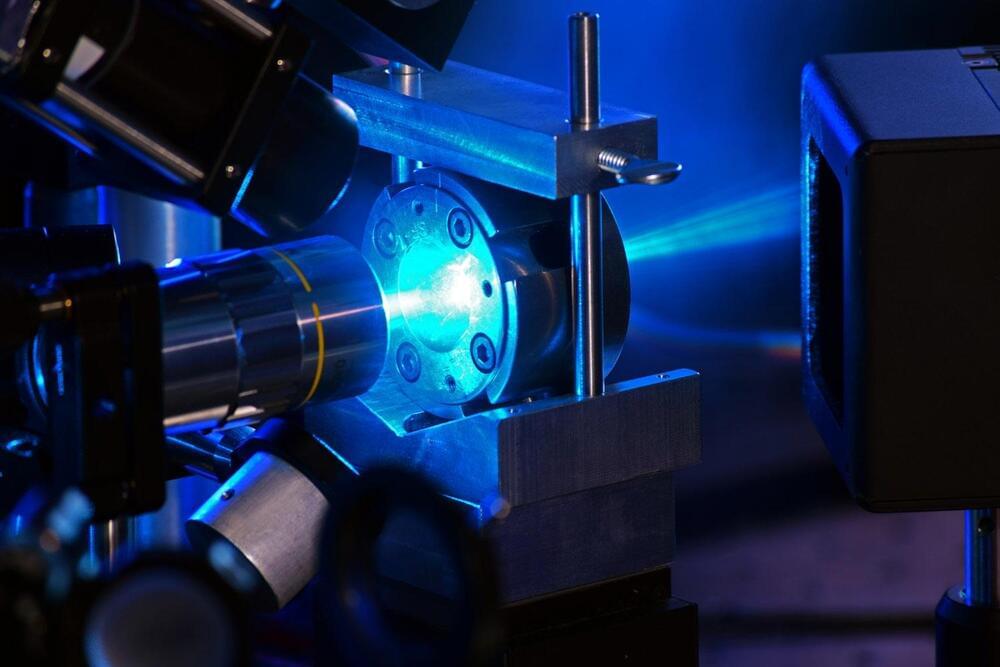
UNLV researchers have discovered a new form of ice, redefining the properties of water at high pressures.
Solid water, or ice, is like many other materials in that it can form different solid materials based on variable temperature and pressure conditions, like carbon forming diamond or graphite. However, water is exceptional in this aspect as there are at least 20 solid forms of ice known to us.
A team of scientists working in UNLV’s Nevada Extreme Conditions Lab pioneered a new method for measuring the properties of water under high pressure. The water sample was first squeezed between the tips of two opposite-facing diamonds—freezing into several jumbled ice crystals. The ice was then subjected to a laser-heating technique that temporarily melted it before it quickly re-formed into a powder-like collection of tiny crystals.
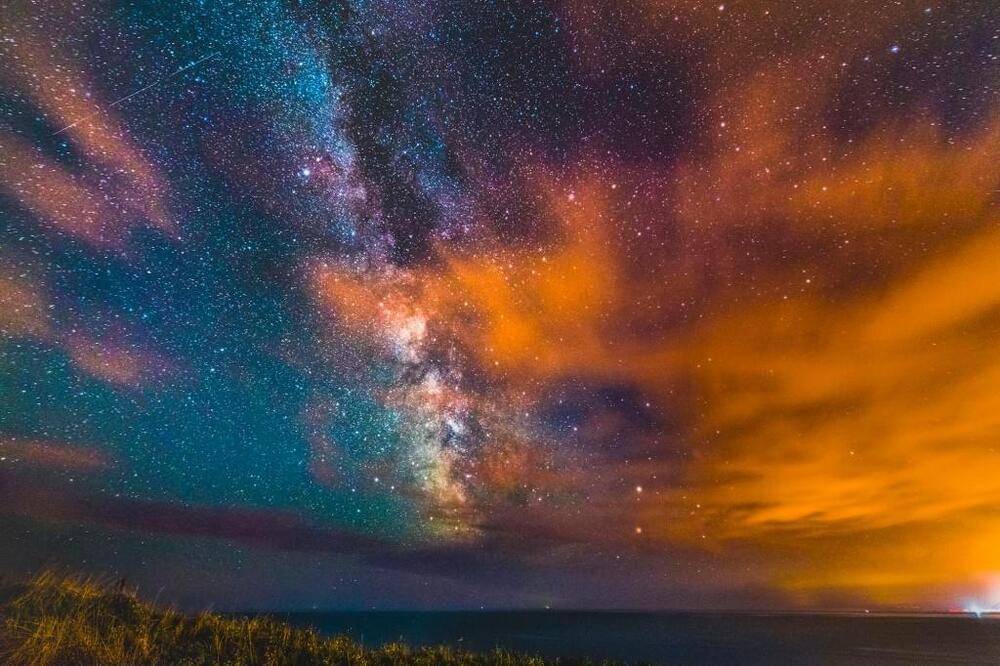
An “anti-universe” where time runs backwards could exist next to ours, according to a new study.
The theory involves the fact nature has fundamental symmetries and researchers think this could apply to the universe as a whole.
The theory has been explained in the journal Annals of Physics.

Australia gets its own space force.
The Australian government yesterday launched the Space Command, a new defense agency with echoes of the US’ Space Force that has been tasked with securing the country’s place in an “already contested” cosmos.
Australian Minister for Defence Peter Dutton said the new defense arm would be modest to start with, although he gave no detailed staffing or budget figures.
In a speech to the Australian Air Force, he said that space “will undoubtedly become a domain that takes on greater military significance in this century.”
Space is becoming more congested and is already contested, particularly as the boundaries between competition and conflict become.

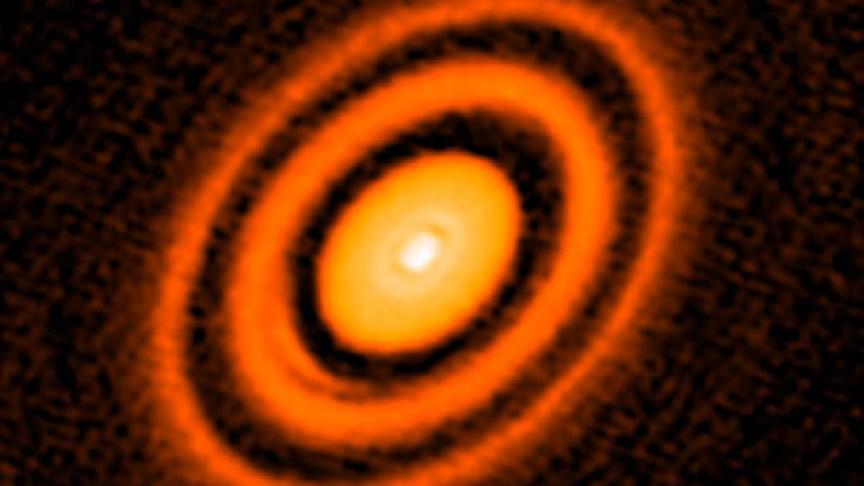
These features could have a special significance for the Earth’s evolution.
When it comes to the universe and all of its mysteries, there are many things we know we don’t know. Some are minor and mostly inconsequential, but there are other cosmological unknowns that leave huge blanks in our understanding of how things work on large and small scales. How our planet was created is one such mystery. Let’s go all the way back to the beginning when the Sun was just a clump of gas and dust to understand how our solar system may have formed.
## How stars form.
Traditional wisdom says that all stars spawn from immense clouds of spinning gas and dust, known as molecular clouds, often containing the mass of hundreds of millions of stars. The environment within these stellar nurseries tends to be extremely turbulent, preventing all of the gas and dust from being distributed evenly throughout the molecular cloud. Drawn together by the forces of gravity, once enough matter has collected in one area, the cloud begins to heat up and ultimately collapses under its own weight — creating something known as a protostar. Feeding off the material encircling it, the protostar eventually becomes hot and large enough to jumpstart the process of thermonuclear fusion.
Full Story:
Research has helped us understand how planets form, like Earth and planets like Jupiter and Neptune.
